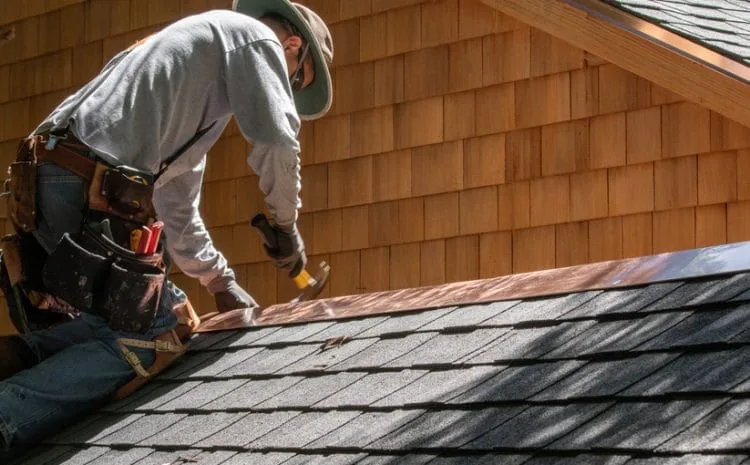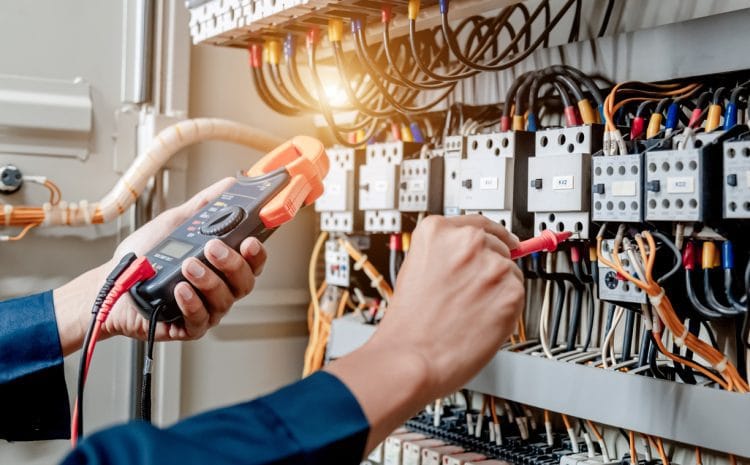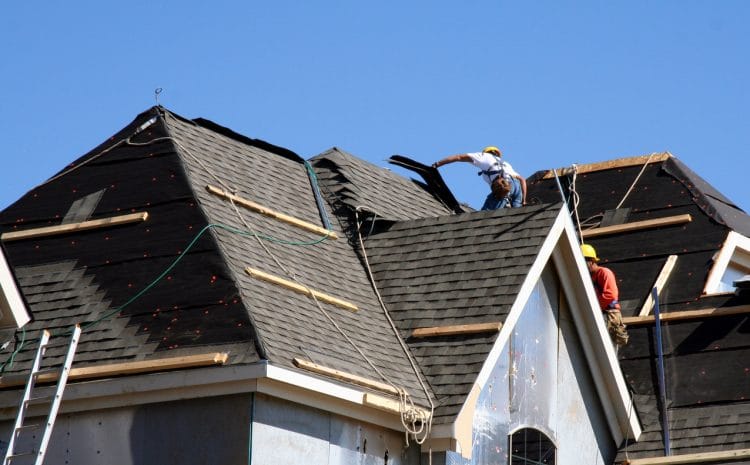Essential Tips for Maintaining Your Roof in Florida

Living in the Sunshine State has its perks—year-round warmth, coastal beauty, and tropical vibes. But with paradise comes responsibility, especially when it comes to maintaining your roof in Florida. The state’s intense sun, heavy rains, high humidity, and hurricane threats can take a serious toll on even the sturdiest roofing systems.
Failing to maintain your roof can lead to expensive repairs, water intrusion, and even insurance claim issues. That’s why we’ve created this comprehensive guide with essential tips to maintain your roof in Florida and protect your home from weather-related damage year-round.
Why Is Roof Maintenance So Important in Florida?
Your roof in Florida is your first line of defense against severe weather—especially hurricanes, tropical storms, and heat-related wear. Without proper maintenance, minor issues can escalate into major structural problems.
The key benefits of roof maintenance include:
- Preventing water leaks and mold
- Extending the lifespan of your roofing materials
- Reducing energy bills through better insulation
- Avoiding costly emergency repairs
- Improving your insurance claim success if damage occurs
Let’s dive into the best practices for keeping your roof in Florida strong and storm-ready.
Inspect Your Roof in Florida Regularly
Schedule Inspections Twice a Year
Professional roof inspections should be scheduled at least twice a year, ideally in the spring and fall. In Florida, it’s especially important to schedule inspections before and after hurricane season (June–November).
During an inspection, a roofer or public adjuster can identify:
- Missing or cracked shingles
- Loose flashing or vents
- Water damage or soft spots
- Signs of mold, algae, or rot
Tip: Use a pair of binoculars from the ground or safely inspect your roof from a ladder. Avoid walking on the roof if you’re not trained—it’s risky and can cause damage.
Clean Your Gutters and Downspouts
Clogged gutters can cause water to pool on your roof, increasing the risk of leaks and wood rot. In Florida’s rainy climate, leaves, debris, and moss accumulate quickly, especially during hurricane season.
Best Practices:
- Clean gutters every 2-3 months
- Use gutter guards to prevent buildup
- Ensure downspouts direct water away from your foundation
Keeping your gutter system clean is one of the easiest ways to protect your roof in Florida from unnecessary water damage.
Trim Nearby Trees and Vegetation
Florida is full of lush vegetation and palm trees—but branches that hang over your roof can be dangerous. During storms or high winds, limbs can snap and puncture your roof, while fallen leaves clog drainage systems.
Tree Trimming Tips:
- Keep branches trimmed at least 6–10 feet from the roof
- Remove dead or decaying trees near your home
- Schedule trimming before hurricane season for extra protection
Preventing physical damage from trees is a key step in maintaining a healthy roof in Florida’s tropical environment.
Watch for Signs of Roof Damage After Storms
Florida is prone to tropical storms, hail, and hurricanes, all of which can cause significant roof damage. After any severe weather, inspect your property for signs of damage.
Look for:
- Missing or curled shingles
- Bent flashing or dented vents
- Water spots on ceilings or walls
- Granule loss in gutters or around the home
Tip: If you notice signs of damage, contact a licensed public adjuster or roofer immediately to assess the issue and help you document it for your insurance claim.
Repair Small Issues Immediately
One of the biggest mistakes Florida homeowners make is putting off minor roof repairs. A single loose shingle or small leak can quickly become a major problem, especially with heavy rain and wind exposure.
Common minor repairs that should never be ignored:
- Replacing cracked or missing tiles or shingles
- Sealing around vents and skylights
- Repairing flashing and drip edges
- Patching minor leaks
Proactive maintenance helps preserve your roof in Florida and keeps repair costs manageable.
Protect Against Algae, Moss, and Mildew
Florida’s humid climate is a perfect breeding ground for algae, moss, and mildew—especially on older asphalt shingles or tile roofs.
Prevention and Cleaning Tips:
- Install zinc or copper strips to reduce growth
- Use a soft wash (low-pressure) cleaning method with appropriate solutions
- Avoid high-pressure washing that can damage shingles
These organisms can deteriorate your roof and reduce energy efficiency, so it’s important to keep your roof in Florida clean and mold-free.
Ensure Proper Attic Ventilation and Insulation
Your attic plays a vital role in the health of your roof in Florida. Without proper ventilation, heat and moisture can build up, leading to:
- Premature aging of shingles
- Mold growth
- Higher energy bills
- Roof deck warping
Tips to Improve Ventilation:
- Install ridge and soffit vents
- Use solar-powered attic fans
- Seal any attic air leaks
Balanced airflow is essential in Florida, where intense heat can accelerate wear and tear on your roofing materials.
Understand Your Roof Insurance Coverage
Knowing how your homeowners insurance covers your roof in Florida is just as important as maintenance. Many claims get denied or underpaid due to unclear policy details or inadequate documentation.
Review your policy for:
- Wind and hurricane damage coverage
- Roof age restrictions (actual cash value vs. replacement cost)
- Coverage for water intrusion and leaks
- Roof exclusions or special deductibles
If you ever need to file a claim, make sure you’ve maintained your roof properly. Insurers often deny claims if they believe lack of maintenance contributed to the damage.
When to Replace Your Roof in Florida
Even with the best maintenance, roofs eventually reach the end of their lifespan. Most roofs in Florida last:
- Asphalt shingles: 15–20 years
- Metal roofs: 30–50 years
- Clay or concrete tiles: 40–50 years
- Flat roofs (TPO/EPDM): 15–25 years
If your roof is nearing the end of its lifespan—or has had multiple repairs—it may be more cost-effective to replace it before storm season hits.
Warning Signs You May Need a New Roof:
- Frequent leaks
- Sagging or soft spots
- Heavy granule loss
- Numerous missing or damaged shingles
Investing in a new roof can improve your home’s safety, efficiency, and value—especially in a climate like Florida’s.
Need Help with a Roof Damage Claim in Florida?
At 411 Claims Help, we understand how overwhelming it can be to deal with roof maintenance, especially after storm damage. Our team of licensed public adjusters is here to help Florida homeowners and property owners get fair compensation from their insurance companies.
We can help you:
- Inspect your roof after a storm
- Document the damage thoroughly
- File your insurance claim
- Handle denied or underpaid roof claims
- Maximize your settlement
Let us help you protect your roof in Florida and secure the coverage you deserve.
Final Thoughts: Stay Ahead with Smart Roof Maintenance
Maintaining your roof in Florida is more than just a seasonal chore—it’s a vital step in protecting your home, your finances, and your peace of mind. From routine inspections to fast repairs and storm preparation, these essential tips will help you stay ahead of damage and avoid costly surprises.
The better you care for your roof, the longer it lasts—and the stronger your case is if you ever need to file a claim.
411 Claims Help is your trusted partner in roofing claims, maintenance guidance, and insurance support across Florida.



